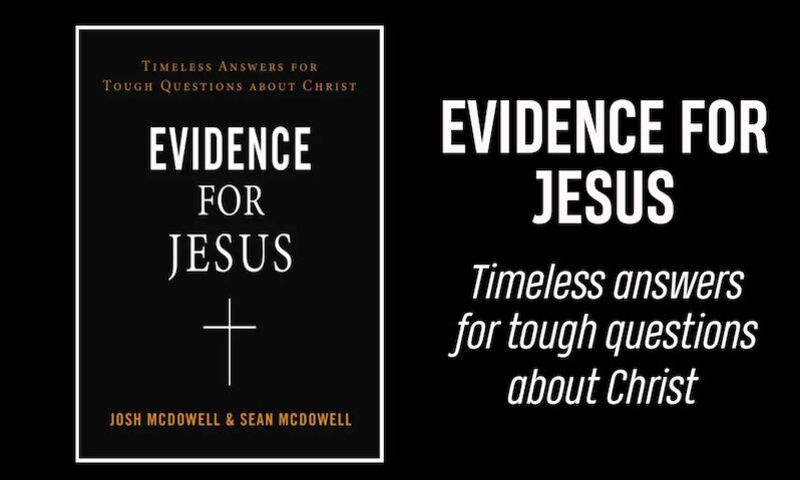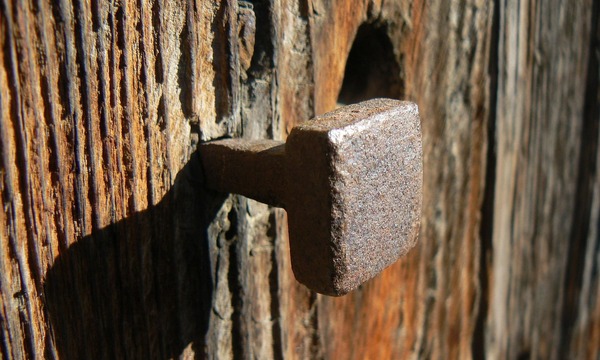Talbot School of Theology professor Sean McDowell has released a new book with Josh McDowell on Jesus called . Talbot professor Scott Rae interviews Sean about current debates over Jesus, the evidence for Jesus and the uniqueness of this new book.
Scott: How have cultural debates about Jesus changed in the past few years?
Sean: When my father first wrote in 1972, there were virtually no popular-level resources defending the reliability of the Bible, the deity of Jesus and his resurrection. People had minimal access to apologetics. But today we are in a golden age of apologetics for Jesus. There are books, blogs, videos, graduate programs and other endless means of accessing information in defense of the historical Jesus.
Scott: What challenges does this bring for discipleship and evangelism?
Sean: One challenge is the difficulty of skepticism. Now that there is unlimited access to information from all perspectives about Jesus ã Muslim, atheist, Mormon, etc. ã many people doubt they can know anything at all about him. This is why it is vital to teach what we know about Jesus and how we come to know things in the first place.
Another challenge is that anyone can now access a ãmicrophoneã to share their views about Jesus. Gatekeepers are gone. Attention is not given to those who make the most truthful arguments for Jesus, but those who entertain and provoke. As a result, we must help young Christians distinguish fact from fiction, truth from entertainment, and the real Jesus from alternatives. Apologetics training to reach the lost and equip Christians is more important than ever.
Scott: Is there good reason to doubt that Jesus existed?
Sean: No, thereãs not. The idea that Jesus didnãt even exist has garnered some attention online, but in the academic world, it is considered fringe. The evidence is simply too compelling to reject that Jesus was (at least) a historical figure. What is that evidence? (1) The four Gospels. (2) Other New Testament books. (3) Early Church Fathers, such as Ignatius and Clement of Rome. (4) Extra-biblical writers, such as Josephus and Tacitus. (5) Archaeology. (6) Modern-day scholarship. Bart Ehrman has written an entire book on the existence of Jesus. Essentially, he considers the claim that Jesus didnãt exist to be a modern myth. Bart is right on this point!
Scott: What is some of the archaeological evidence for Jesus? And given that fiction also utilizes real people and places, what does this actually prove?
Sean: The chapter on the archaeology supporting Jesus is one of my favorites in the book. We document the archaeological evidence for key figures in the New Testament, such as Caiaphas and Pontius Pilate. There is also corroborating evidence for less significant figures such as Lysanias, the tetrarch of Abilene when Jesus began his ministry. Key places in the life and ministry of Jesus have also been confirmed (e.g., Bethlehem, Nazareth, Pool of Siloam) as well as details surrounding the cultural life of Jesus, such as the synagogues.
As for your second question, consider two things. First, the kind of realistic fiction we see today came after the time the Gospels were written. Thus, there is no reason to believe Matthew, Mark, Luke, and John copied historical fiction. Second, the Gospel writers state that they are writing careful history. For instance, Luke begins his Gospel by assuring readers that he has carefully investigated everything (Luke 1:1-4). John writes that he bore witness as to the truth of what he saw (John 19:35). Thus, archaeology helps corroborate Luke and Johnãs claims that they are reporting real history.
Scott: How is your latest book on the historical Jesus unique?
Sean: The goal was to take some of the Jesus material in Evidence that Demands a Verdict and put it in a more accessible format. Yet when I began researching and writing it, I discovered that there has been additional evidence since that book was published in 2017, so we added quite a bit of fresh material as well.
The is ideal for personal study, small group discussion, or a classroom setting. Chapters are each about 5-6 pages and are written in an easy-to-read format. We discuss the evidence Jesus lived, claimed to be God, performed miracles, fulfilled prophecy, rose from the dead, and ultimately why all this matters. We start with my dadãs story of how the evidence helped draw him to Christ. We close with my story of how the evidence for Jesus helped me deal with doubt. It was a fun father-son project.
and additional resources are available on
 51ôÉâ·
51ôÉâ·


.jpg)

